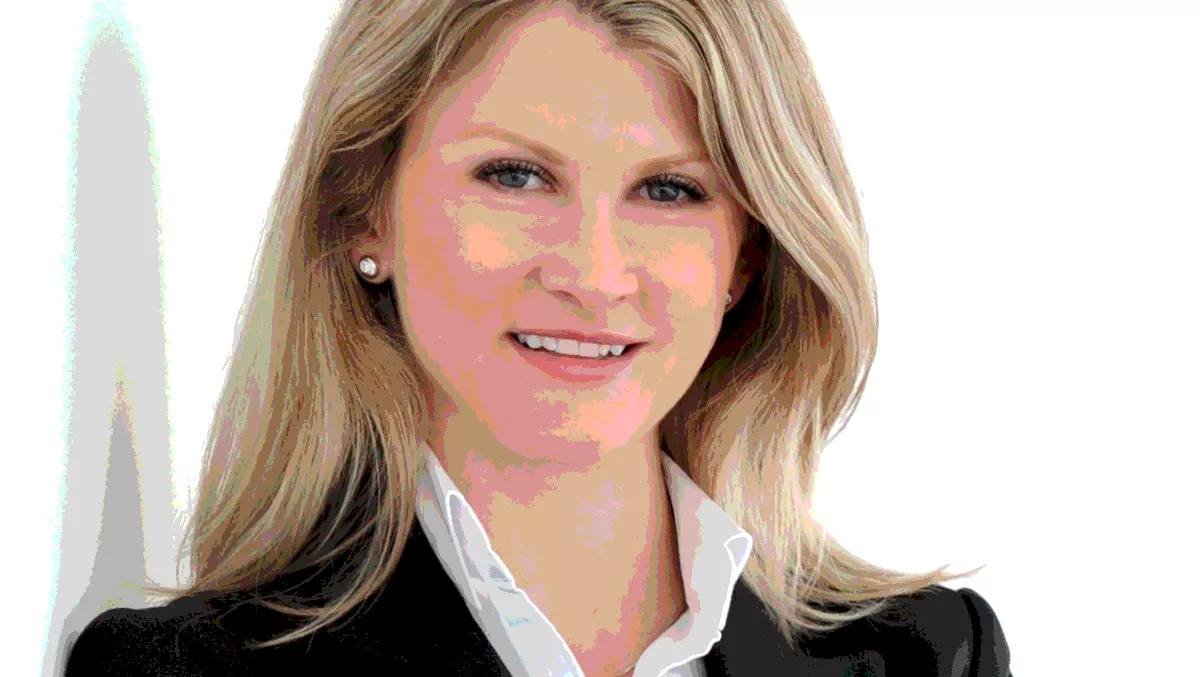
Bridging the gender gap in IIoT - Claroty
Over the past 10 years, industrial systems have become increasingly connected through the use of sensor technology and remote maintenance capabilities.
According to IDC, manufacturers will spend $197 billion on IIoT this year, transport companies $71 billion, and utilities $61 billion.
While these developments can boost productivity and efficiency in our critical infrastructures, they have also introduced a new range of security threats.
Industrial control systems (ICS) touch every industry and power the processes that run our world from electricity distributors to transportation systems.
Because of this, they have become an attractive target for malicious actors, nation-states and other bad actors seeking to influence and disrupt these processes.
Among recent examples are Sandworm, a hacking group widely believed to be affiliated with Russian military intelligence, which has launched multiple attacks targeting electric grids.
As companies continue to adopt these technologies, strong cybersecurity measures must be introduced simultaneously to detect malicious activity, eliminate vulnerabilities and protect industrial control systems so that the full potential of IIoT can be reached.
As the IIoT continues to prosper, the STEM (science, technology, engineering, and math) will continue to play an even greater role in the world economy as women begin to bridge the gender gap in this industry.
It has already proven to be a major engine of economic growth for our society.
Women in IIoT - Bridging the gender gapUp until recently, there has been a specific gap in the market for technology that has the power to address and mitigate security risks in IIoT networks, while respecting the uptime requirements of those critical networks and processes.
Claroty cybersecurity entrepreneur and co-founder Galina Antova recognised this gap in the market and co-founded Claroty, a global leader in industrial cybersecurity, in 2015.
She leads the business development efforts including strategic partnerships, G2M for different vertical segments, industry evangelism and representing Claroty's vision around the world.
At almost 5 years old, Claroty has grown to more than 130 employees worldwide and has raised $100 million in venture capital with customers spanning 15 different industries including oil and gas, energy and manufacturing.
The gap in the cybersecurity posture of most IIoT networks is quite significant.
The good news is that in the last 2-3 years, there has been encouraging progress at the board of director level and C-level executives who have become aware of a gap and are dedicating the necessary resources to create projects, budgets and teams to address the issue.
In the last few years, there has been a significant uptake in new cybersecurity technologies deployed into those Industrial IoT networks - something that was either very slow or non-existent just a few years ago.
The promise of digitalisation initiatives can only be fully utilised if the security of those devices and networks are taken into consideration from the very outset.
The opportunity to inspire more women in IIoT careers
While the challenge still exists in employing women in the technology sector in general, there is an extra consideration in the IIoT sector as it tends to involve not only technology and cyber, but also automation engineering which traditionally has been a male domain.
The lack of female representation in this space is prominent right across the board - from executives leading the IIoT initiatives in large corporations, to OT engineers in the field.
IIoT and the associated digitalisation initiatives require a great deal of collaboration between different parts of the organisation.
Women (as a group, not individual members) tend to be better at driving consensus and enabling collaboration, so the lack of adequate female representation is particularly relevant to this aspect of the industry.
"We are still very far from true equality, despite the exponential progress made in the last few decades. There will not be true equality until women and men have equal power. And yes, I've faced many of those challenges myself," Antova says.
"I'm involved in a number of initiatives, from mentoring female founders to working with women executives in our industry to address the gap in diversity, but there are some key steps that we can take to begin breaking down these barriers.
"I believe that first and foremost, we need (as teams and organisations) to be able to name the conscious and especially the unconscious biases that fuel this gap, such as overlooking someone for promotion, etc.
"We all carry these biases irrespective of gender. Identifying them openly is something that I do a lot, both privately and publicly and I consider it to be a great first step in addressing and solving this challenge.

